Children and youth in foster care are some of the most vulnerable members we serve as a managed care organization. Children and youth in foster care typically have more health care needs than those who do not interact with the child welfare system. They may also have faced trauma, both in the events that precipitated their move to foster care and from being placed in foster care. They often face unique and challenging physical and behavioral health issues. Only three percent of non-disabled children enrolled in Medicaid are in foster care, but they account for 15 percent of behavioral health services used by all children on Medicaid.1 Research also tells us that children and youth in foster care are four times more likely to be prescribed a psychotropic medication than their peers.2 For these reasons, UnitedHealthcare Community & State developed a unique and comprehensive approach to managing the care of the children and youth in foster care that we serve that is trauma-focused; emphasizes collaboration with state, county, and local child welfare agencies; and uses the latest technology to improve their health care.
As a managed care organization serving the needs of 55,000 children and youth who are in foster care, we knew that we needed a way to separate out this population and review their health care experience to best understand what each of their needs are. Therefore, as part of our model design, we developed a proprietary algorithm-based tool that stratifies this specific population into four risk categories: high, emerging, moderate, and prevention. This approach allows us to identify those children and youth in the highest risk categories and get them the right level of intervention at the right time.
In addition to using stratification, we have reimagined our clinical model by using relational-based care management. This is different from a traditional care management approach in which our care managers would simply call the child welfare agency care manager to conduct an assessment. Instead, we now take a multi-faceted, interdisciplinary approach where we meet with a broader array of system partners about our model, have processes that include regularly communicating with those system partners, and engage in two-way communication where we also provide needed information about the child’s medical and behavioral health care needs and how they are being managed.
We know children and youth in foster care need people and systems to work together to meet their needs. Instead of working in silos, having multiple assessments and care plans, our new model seeks to partner with child welfare agencies, biological parents, foster parents, and other stakeholders allowing us all to share valuable information and expertise. Through this approach, we learn pertinent information about each child and youth and create greater alignment and less fragmentation allowing us all best serve them.
Sources
- MACPAC Report to Congress on Medicaid and CHIP, June 2015.
- Allen KD, Hendricks T. Medicaid and Children in Foster Care: State Policy Advocacy and Reform Center. Hamilton, NJ: Center for Health Care Strategies, 2013.



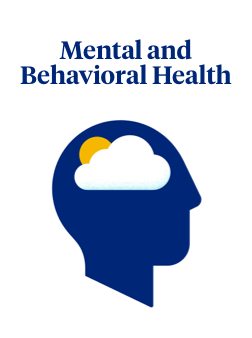
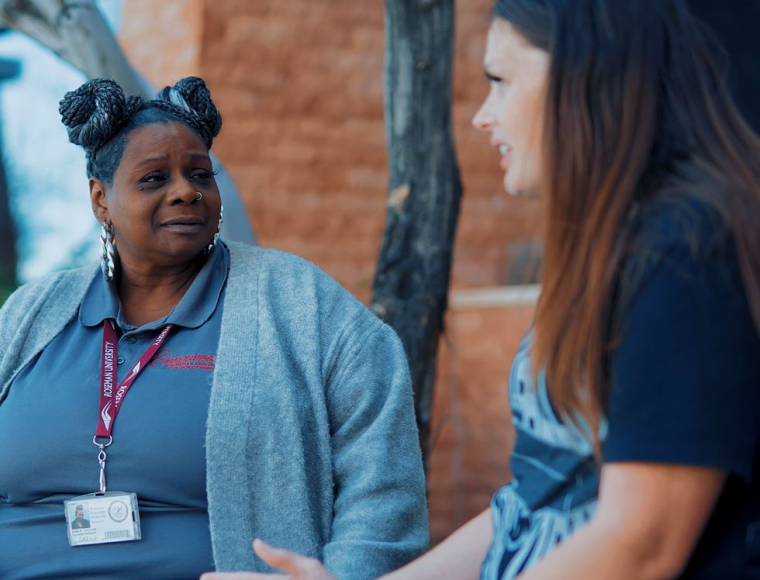

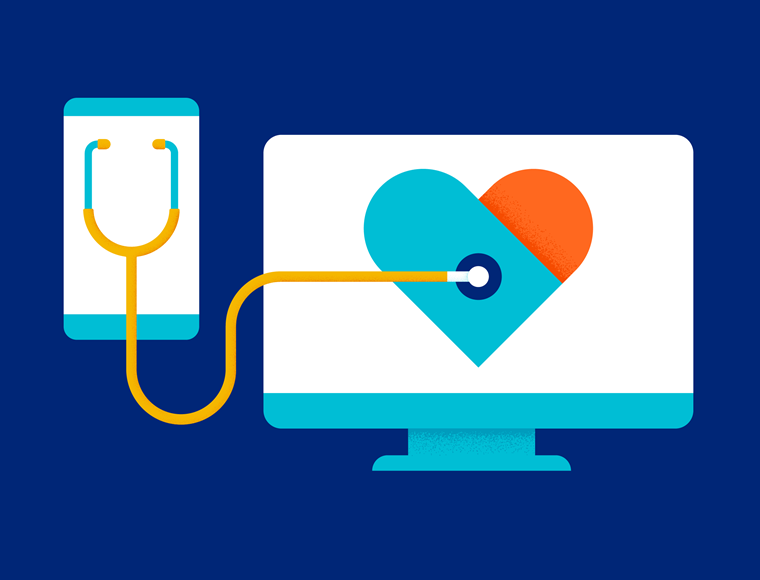

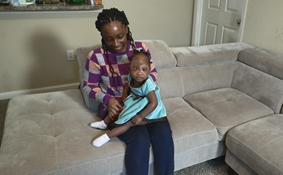


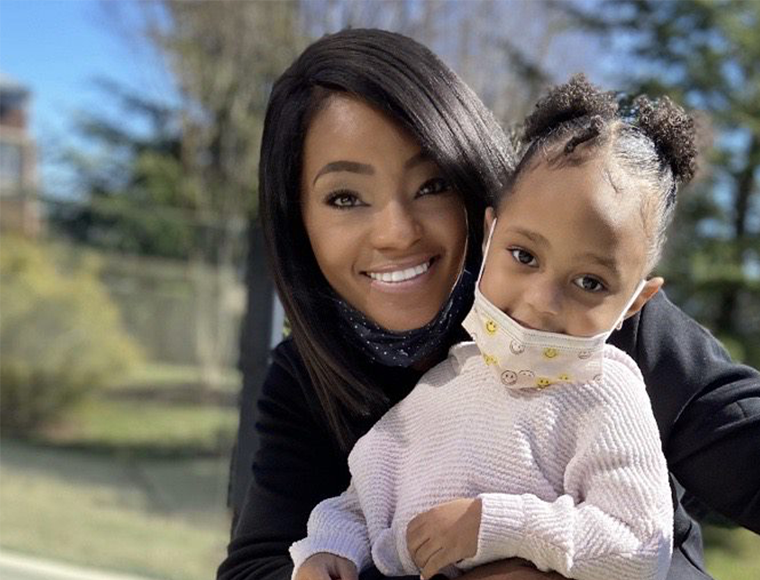

Share: